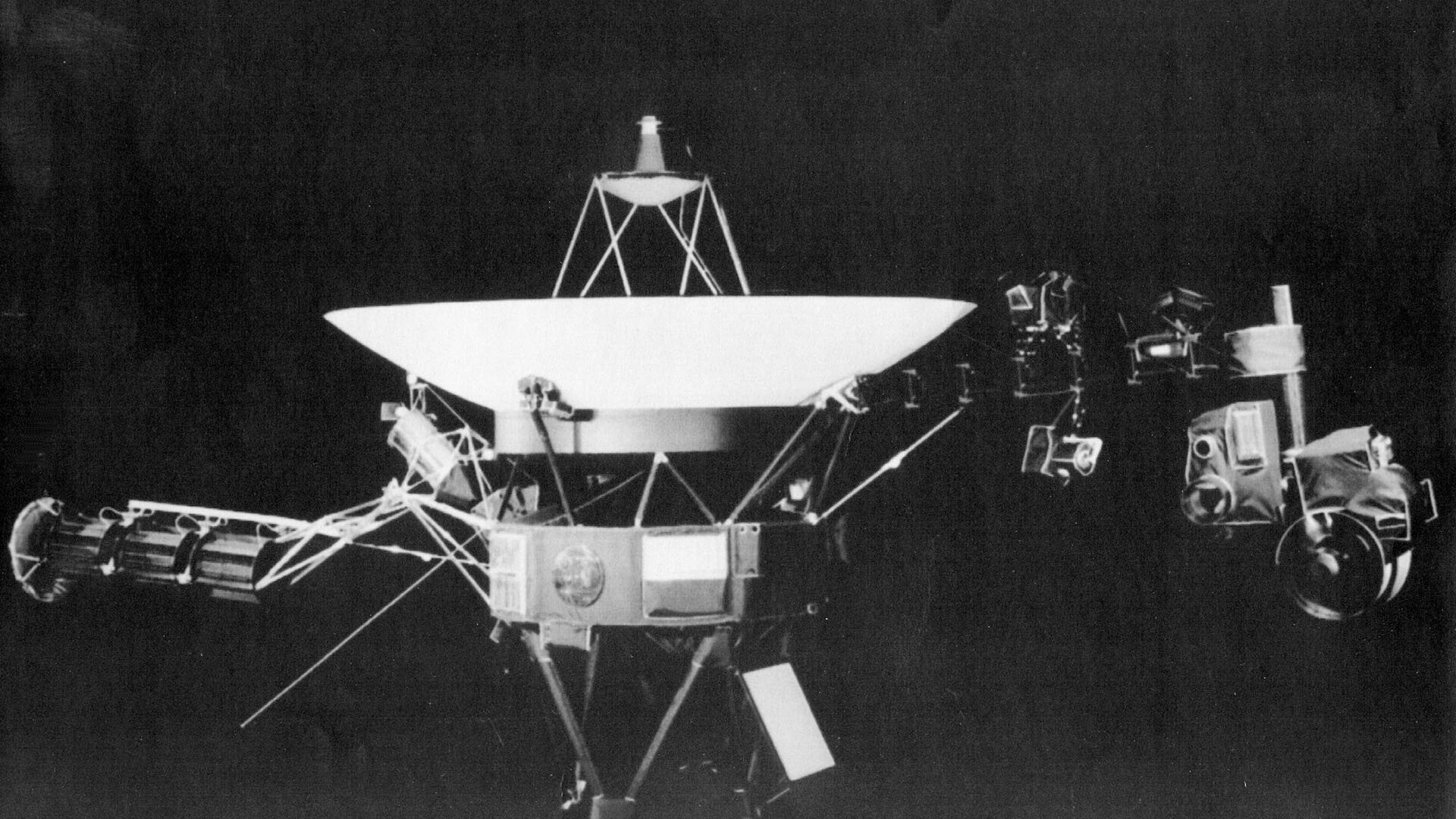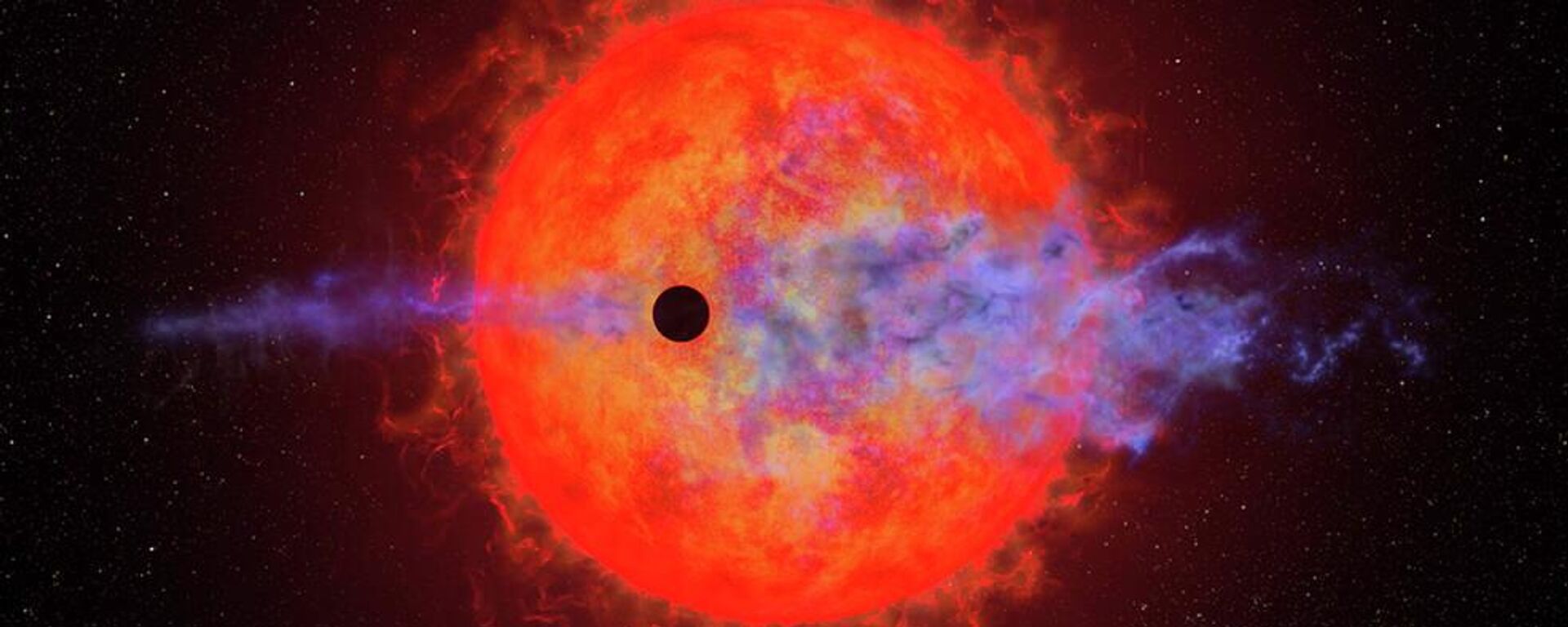https://sputnikglobe.com/20230801/nasa-picks-up-voyager-2-heartbeat-after-mistakenly-cutting-contact-1112331297.html
NASA Picks Up Voyager 2 ‘Heartbeat’ After Mistakenly Cutting Contact
NASA Picks Up Voyager 2 ‘Heartbeat’ After Mistakenly Cutting Contact
Sputnik International
The wrong command turned the Voyager 2's antenna just 2 degrees away from Earth, causing it to lose communication with the team for almost 2 weeks.
2023-08-01T22:46+0000
2023-08-01T22:46+0000
2023-08-01T22:48+0000
beyond politics
nasa
voyager 2
space
space exploration
https://cdn1.img.sputnikglobe.com/img/106873/98/1068739878_0:36:2000:1161_1920x0_80_0_0_9f44acbb6c57258e6675c84a22bfe8bf.jpg
The US' National Aeronautics and Space Administration (NASA) has finally detected a signal from Voyager 2 after losing contact with the spacecraft on July 21, it was recently revealed.“We enlisted the help of the Deep Space Network and Radio Science groups to help to see if we could hear a signal from Voyager 2,” said Suzanne Dodd, Voyager’s project manager at NASA’s Jet Propulsion Laboratory in Pasadena, California. The mission team was stunned they were able to detect Voyager 2’s signal using the Deep Space Network (DSN)—an “international array of giant radio antennas that supports interplanetary spacecraft missions,” as well as some of those that orbit Earth, according to NASA.Commands sent to the spacecraft on July 21 caused the spacecraft’s antenna to point 2 degrees away from Earth, a significant enough shift that made it so the craft was unable to receive any commands from mission control or send data back to officials. Voyager 2 is located more than 12.3 billion miles (19.9 billion kilometers) away in interstellar space.Flight controllers at the Jet Propulsion Laboratory in California are now doing what they can to turn Voyager 2’s antenna back towards Earth. If that fails, then controllers will have to wait for the spacecraft to reset its orientation on October 15. The team is hopeful the reset will allow communications to resume with the spacecraft.“But that is a long time to wait, so (we) will try sending up commands several times prior to that date,” Dodd said.While Voyager 2 is expected to remain on its planned trajectory, its twin Voyager 1, which is located almost 15 billion miles (24 billion kilometers) away, is operating as it should be and is in communication with the DSN.
https://sputnikglobe.com/20230801/hubble-spots-toddler-red-dwarf-star-blasting-away-planets-atmosphere-in-tantrum-1112330414.html
Sputnik International
feedback@sputniknews.com
+74956456601
MIA „Rossiya Segodnya“
2023
News
en_EN
Sputnik International
feedback@sputniknews.com
+74956456601
MIA „Rossiya Segodnya“
Sputnik International
feedback@sputniknews.com
+74956456601
MIA „Rossiya Segodnya“
nasa, voyager 2, satellite, space, space and science, space exploration
nasa, voyager 2, satellite, space, space and science, space exploration
NASA Picks Up Voyager 2 ‘Heartbeat’ After Mistakenly Cutting Contact
22:46 GMT 01.08.2023 (Updated: 22:48 GMT 01.08.2023) The 46-year-old spacecraft lost contact with NASA after flight controllers sent the wrong command nearly two weeks ago, which cut off the spacecraft's communication with Earth.
The US' National Aeronautics and Space Administration (NASA) has finally detected a signal from Voyager 2 after losing contact with the spacecraft on July 21, it was recently revealed.
“We enlisted the help of the Deep Space Network and Radio Science groups to help to see if we could hear a signal from Voyager 2,” said Suzanne Dodd, Voyager’s project manager at NASA’s Jet Propulsion Laboratory in Pasadena, California.
“This was successful in that we see the ‘heartbeat’ signal from the spacecraft. So, we know the spacecraft is alive and operating. This buoyed our spirits.”
The mission team was stunned they were able to detect Voyager 2’s signal using the Deep Space Network (
DSN)—an “international array of giant radio antennas that supports interplanetary spacecraft missions,” as well as some of those that orbit Earth, according to NASA.
Commands sent to the spacecraft on July 21 caused the spacecraft’s antenna to point 2 degrees away from Earth, a significant enough shift that made it so the craft was unable to receive any commands from mission control or send data back to officials. Voyager 2 is located more than 12.3 billion miles (19.9 billion kilometers) away in interstellar space.
Flight controllers at the Jet Propulsion Laboratory in California are now doing what they can to turn Voyager 2’s antenna back towards Earth.
“We are now generating a new command to attempt to point the spacecraft antenna toward Earth,” Dodd explained. “There is a low probability that this will work.”
If that fails, then controllers will have to wait for the spacecraft to reset its orientation on October 15. The team is hopeful the reset will allow communications to resume with the spacecraft.
“But that is a long time to wait, so (we) will try sending up commands several times prior to that date,” Dodd said.
While Voyager 2 is expected to remain on its planned trajectory, its twin Voyager 1, which is located almost 15 billion miles (24 billion kilometers) away, is operating as it should be and is in communication with the DSN.
The twin spacecrafts were first launched by NASA in 1977 from Cape Canaveral, Florida. According to NASA, they were originally designed to conduct closeup studies of Jupiter, Saturn and its rings, as well as the larger moons belonging to those planets.



